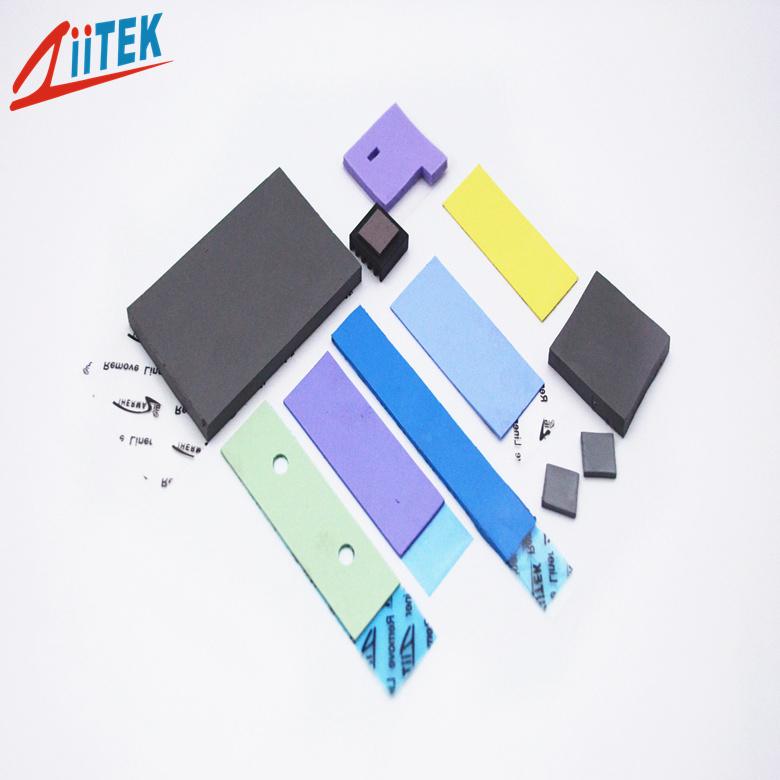Thermal performance of thermal pad determines the thermal conductivity of it
The thermal conductivity of thermal pad is an important index to measure its thermal performance. The larger the thermal conductivity is, the better the thermal performance of the material is. The thermal conductive pads are made of silica gel, which has good thermal conductivity. Silica gel is an amorphous material with a high degree of flexibility and plasticity, which can adapt to a variety of complex shapes of surfaces. At the same time, silica gel has high thermal conductivity, which can transfer heat effectively.
The special structure of thermal pad also helps to improve its thermal conductivity. It is usually composed of multiple layers of silica gel material, each layer is separated by a certain interval, forming a number of thermal conductive channels. These thermal channels can transfer heat quickly and improve thermal conductivity.
In addition, the thermal performance of thermal pad is also related to its thickness and density. Under normal circumstances, the thinner the thickness of the pad, the higher the thermal performance. This is because the heat conduction path of the sheet is shorter and the heat transfer is faster. The density of thermal pad due to the small material spacing, more thermal conductive channels, thermal performance is also increased accordingly. The performance of thermal pad determines the size of its thermal conductivity.
In the selection of thermal pad, we need to consider the thermal conductivity, but also need to consider other factors, such as temperature resistance, adhesive performance, aging resistance and so on.
The special structure of thermal pad also helps to improve its thermal conductivity. It is usually composed of multiple layers of silica gel material, each layer is separated by a certain interval, forming a number of thermal conductive channels. These thermal channels can transfer heat quickly and improve thermal conductivity.
In addition, the thermal performance of thermal pad is also related to its thickness and density. Under normal circumstances, the thinner the thickness of the pad, the higher the thermal performance. This is because the heat conduction path of the sheet is shorter and the heat transfer is faster. The density of thermal pad due to the small material spacing, more thermal conductive channels, thermal performance is also increased accordingly. The performance of thermal pad determines the size of its thermal conductivity.
In the selection of thermal pad, we need to consider the thermal conductivity, but also need to consider other factors, such as temperature resistance, adhesive performance, aging resistance and so on.
